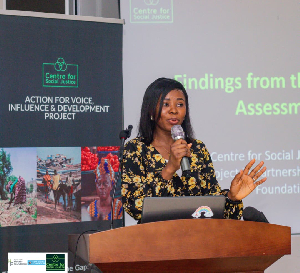Cerebral Palsy (CP) is a term used to describe a problem with movement and posture that makes activities difficult. Even though someone who has cerebral palsy has problems moving his or her muscles, this is not because there is something wrong with the muscles or nerves.
These difficulties are caused because of problems in the brain. The patient might have had an injury to the brain or had a brain that doesn’t develop properly. These problems can affect the way the brain.
Controls movement and posture:
Simply stated, ‘Cerebral’ refers to the brain, and ‘Palsy’ refers to weakness/poor control. Although the brain itself will not get worse, people who have cerebral palsy will usually change over time. Sometimes they will get better, and some patients will stay the same. Occasionally they will get worse, usually because of contracture of the joints or changes in the muscle tone.
There is currently no cure for cerebral palsy but there are different treatment options for the people who have cerebral palsy. These options include therapy, medications, surgery, education, and support. By taking advantage of one or more of these options, people with cerebral palsy can learn to improve their function and the quality of their lives.
It is estimated that two out of every 1,000 newborn children will develop cerebral palsy. And approximately 40% of those born with cerebral palsy will have a severe case. Right now, about 10,000 babies and infants are diagnosed with the condition each year.
In 2002, the number of cerebral palsy cases in 8- year old children was found to be one in 278. It is the most common motor disorder in children and is the second only to autism as the most common disability in children.
Cerebral Palsy does not have a single cause like chickenpox and measles. There are many reasons why someone might have cerebral palsy. An unborn child might have suffered a brain injury, an infection, or abnormal development of the
brain tissue. These are called ‘parental’ causes, meaning they happened before birth. These cases are responsible for about 70% of the cases of cerebral palsy.
Another 20% of cerebral palsy cases are caused by a brain injury that takes place during the birthing process. In the United States, about 10% of children who have cerebral palsy got it after they were born. This is called ‘acquired’ cerebral palsy.
Acquired cerebral palsy happens when there is brain damage during the first few months or years of life. This damage is caused by brain infections, like bacterial meningitis or viral encephalitis. It can also be caused by head injury- usually from motor vehicle accidents, a fall, or child abuse during the first few years of life when brain development is still taking place. Most of the time the actual cases of cerebral palsy are not known. And, although there may have been a brain injury or a development problem, the problem may not be noticed for months.
There are many risk factors for cerebral palsy. They can include:
• Premature( early) birth.
• Low birth weight.
• Blood clotting problems.
• Inability of the placenta to provide the developing fetus with oxygen and nutrients.
• Rh or A-B-O blood type incompatibility between mother and infant.
• Infection of the mother German measles or other viral diseases in early pregnancy.
• Severe jaundice shortly after birth.
• Prolonged infection of the mother, fetus, or infant that directly or indirectly attack the.
Opinions of Saturday, 10 October 2020
Columnist: Christian Service University College















